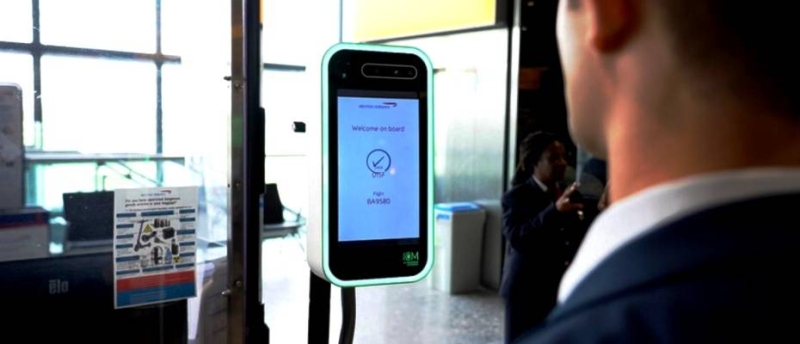But is it all reliable?

Traditional paper passports may soon become obsolete at UK airports, as they introduce facial recognition technology for holders of citizenship of countries other than the UK and the EU.
The UK Border Force is now planning to expand the eGates network, which is currently used by UK airports only for UK and EU citizens.
Visa-free travelers from countries outside the UK will be required to fill out ETA (Electronic Travel Permits) before traveling. Visa information or ETA data will be transmitted to eGates biometric systems using facial recognition technology, which is matched with the identity and passport data entered when applying for an ETA. But all sources agree that a traveler still needs to have a passport with him.
Currently, the ETA is valid for Qatari citizens, but from February 1 this year it will be extended to citizens of Bahrain, Kuwait, Oman, the United Arab Emirates, Saudi Arabia and Jordan. Other countries whose citizens enjoy visa-free entry to the UK should expect the ETA system to be fully deployed by the end of 2024.
eGate technology will track how long a traveler has spent in the UK and recognize if someone has exceeded the allowed number of days.
Phil Douglas, Director General of the UK Border Service, said that the eGates system combined with ETA means that the border service will know much more information about people in advance. “We will find out if they have been to the UK before. We will find out how much they comply with immigration laws. And we will find out if there are any records about them in our security systems. So there will be people who won’t get on the plane.”
Douglas added that the goal was to speed up the flow of traffic at the airport by using a simpler facial recognition system than the current one.
But there is a growing sense of concern around the world about the spread of contactless access in many aspects of life, including travel.
Airports are a natural choice for contactless access, especially given the endless immigration queues reported by travelers using airports around the world, as the number of trips has increased dramatically and continues to grow after COVID.
Some creative approaches are already being implemented. At seven U.S. international airports, including Seattle-Tacoma and Washington Dulles, travelers who are members of the U.S. Customs and Border Protection’s Global Entry Program have the right to bypass immigration queues by taking selfies on arrival using a new phone app. The selfie is compared with the biometrics database of the agency’s face.
Cruise lines also use biometrics. Facial recognition is used on some lines “to improve the quality of passenger service.” Carnival Cruises has a system that takes photos of passengers every time they board or leave the ship. This way, the ship’s crew can know who is on board, and can also ensure that only authorized people get on board. This facial recognition technology also allows passengers to get their photos taken by on-board photographers, instead of searching for themselves among a multitude of photos. Holland America Line claims that facial recognition has accelerated the registration process by 40%.
Theme parks, resorts and some hotels are starting to use facial recognition for entry and shopping.
But is it all reliable? Some security experts are alarmed by the proliferation of biometric facial recognition and say that digitization of this scale is not immune from failures and, even more worryingly, criminals can use it for their criminal purposes.
